These Are The Automakers That Have Won The Indy 500
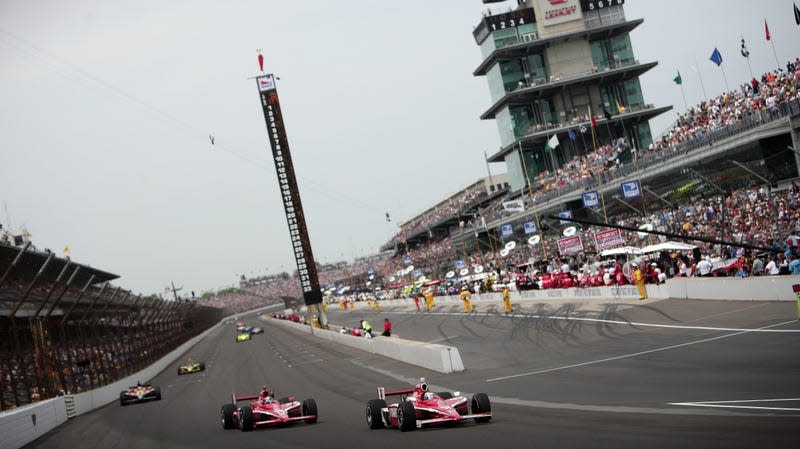
It’s officially May, which means the Indianapolis 500 is right around the corner. The iconic open-wheel race has been around for over a century and shows no sign of slowing down any time soon — and that has the added benefit of showing off just how drastically the automotive landscape has changed. Fifteen different automakers have won the Indy 500 by entering either a chassis, an engine, or both, and today, we’re talking about all of them.
As a note, I’m not counting any team-built “specials” in this slideshow. For many years, the Indy 500 was run with cars built by a bunch of dudes in their own garages. These were purpose-built racing chassis or engines made by small groups of dedicated folks. Here though, I’m highlighting the automakers who entered a chassis or engine and then won; these are companies that sold vehicles to paying customers for road use, and who also happened to enter motorsport events.
So, that means no Offenhauser, since Offy only made racing engines. It also means no Kurtis Kraft or March, both of which primarily built race cars.
Duesenberg
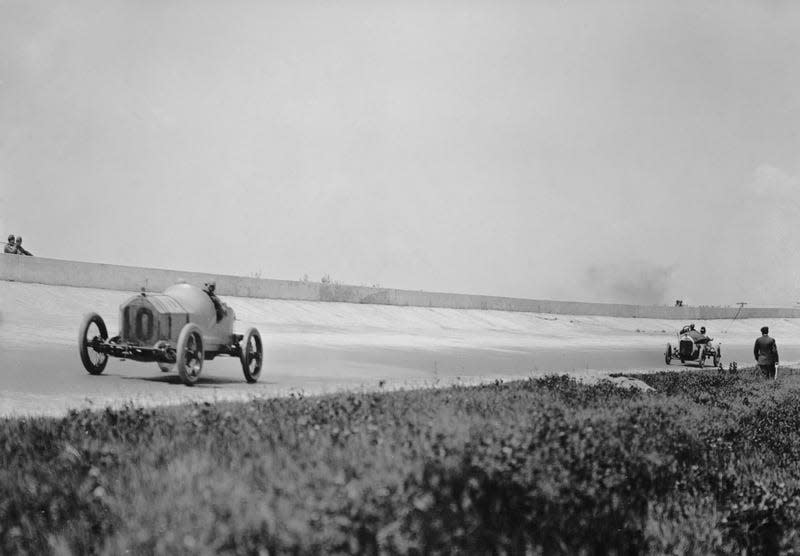
Duesenberg is maybe one of my favorite defunct American automakers. Brothers Fred and August Duesenberg started designing engines in the early 1900s, and their luxury automobiles were a hit among the wealthy. But Duesenberg was also a force to be reckoned with in the racing world; a Duesenberg won the 1921 French Grand Prix, making it the first American manufacturer to win a Grand Prix.
Duesenbergs also won four different Indy 500s in 1922, 1924, 1925, and 1927. The first win in 1922 saw a Duesenberg chassis win with a Miller engine and Jimmy Murphy behind the wheel, but all three subsequent victories were Doozy-powered. The 1924 victory was shared between drivers L. L. Corum (laps 1-111) and Joe Boyer (laps 112-200; car sharing was common back in the day), while 1925's win went to driver Peter DePaolo. Duesenberg driver George Souders took the win in 1927, which was historic for one bit reason: it was the first time a 500 was won by a single man, without help from a relief driver or a riding mechanic.
Lotus
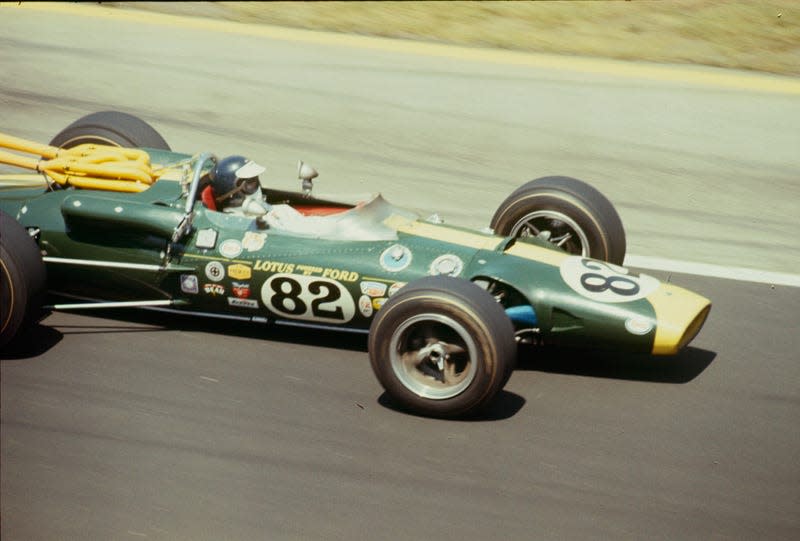
Colin Chapman’s Team Lotus was the racing arm of Lotus Cars, a British marque that produced luxury sports cars as a way to bolster Chapman’s impressive racing program. As part of its ongoing plan of world domination, Lotus also competed in — and won — the 1965 Indianapolis 500 with Jim Clark as driver.
Clark’s victory that year was hugely important. For five years, British marques had been attempting to win the 500, and it finally paid off with the Ford-powered Lotus 38, the first rear-engined car to win the iconic race. It was the straw that broke the camel’s metaphorical back; Indy racers preferred front-engine configurations but soon had to admit that rear-mounted engines actually offered better handling.
Mercedes
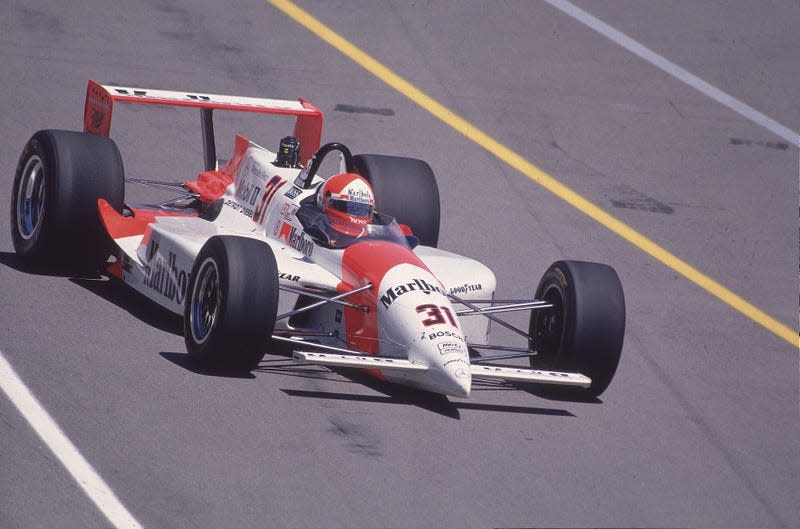
Mercedes took its first and only Indy 500 victory as both a chassis maker and an engine builder in 1915, with driver Ralph DePalma behind the wheel. Mercedes-Benz returned in 1994 as an engine provider, gifting Al Under Jr. and Team Penske a victory. You can read more about that iconic engine in Beast by Jade Gurss — but in short, it made almost 1,000 horsepower and absolutely dominated the Month of May before being written out of the rulebook soon after.
Marmon Motor Cars
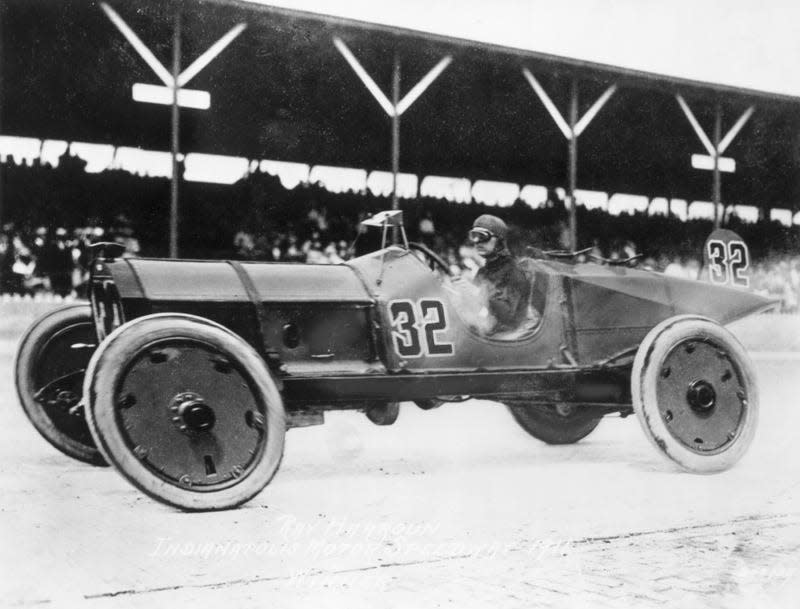
The first-ever Indy 500 back in 1911 was won by a car company that no longer exists: Marmon.
Marmon Motor Car Company produced luxury vehicles between 1902 and 1933, after which point it was succeeded by Marmon-Herrington, Marmon Motor Company, and Marmon Group. Marmon is notable for its pioneering inventions in the motorsport world, including rearview mirrors, the V16 engine, and the use of aluminum in auto manufacturing. The Marmon Wasp, the vehicle that won the 1911 Indy 500 with Ray Harroun behind the wheel, was also the first car to use a single-seater design.
National Motor Vehicle Company

Never heard of National? Most folks haven’t, and that’s because it went out of business way back in 1923. Its first pursuit was, shockingly, electric vehicles back in 1900, but it became quickly clear that the future of the automobile was combustion. One of National’s presidents was also one of the investors who created the Indianapolis Motor Speedway, so of course, the company would compete in that event.
National won a single race, the second-ever Indy 500 back in 1912. Racer Joe Dawson won the race, though part of his win can be credited to Don Herr, who drove lap 108-144.
Maserati
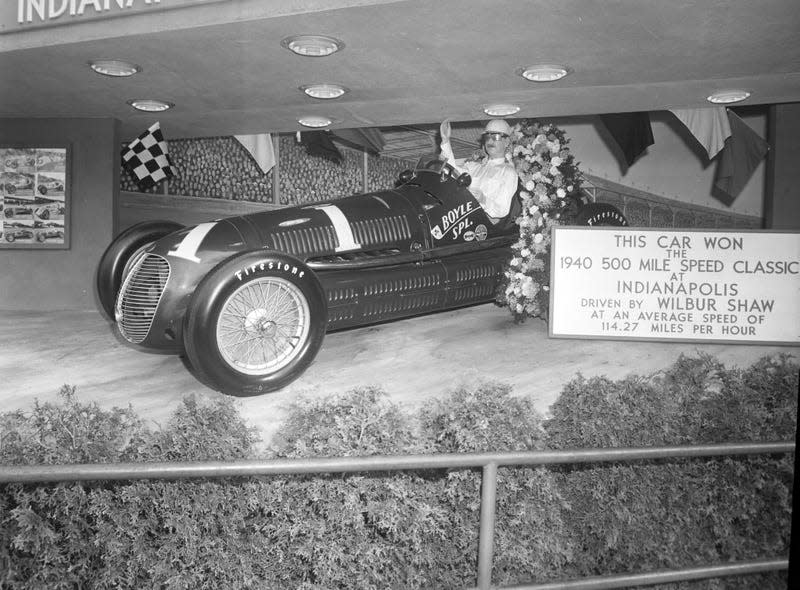
There are few motorsport series in which the Maserati team hasn’t competed, and the Italian automaker can also boast two Indy 500 victories to its impressive list of credentials. Wilbur Shaw won both the 1939 and 1940 Indy 500s behind the wheel of a full-blown Maserati. Known as the Boyle Special, its back-to-back victories followed by a fourth place in the following 500 made it the most successful single car to campaign at the track.
Delage
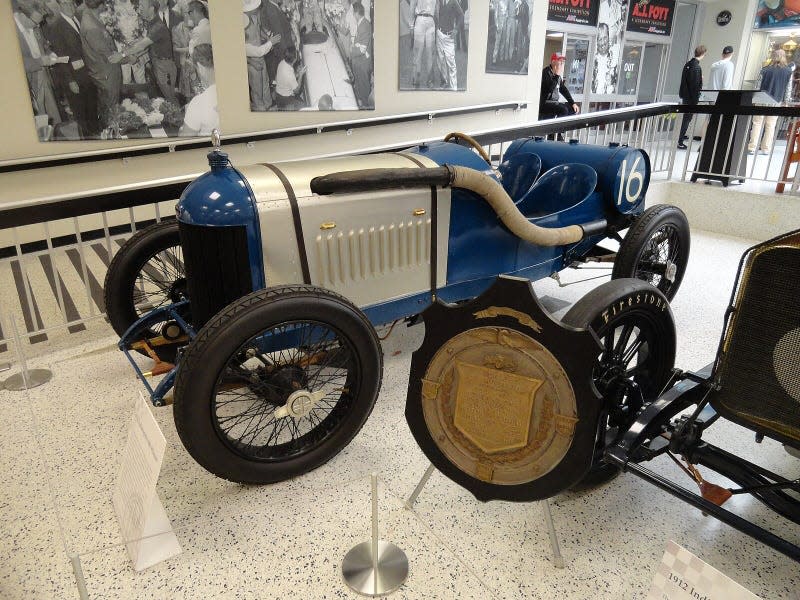
Fellow vintage racing fans will likely know of Delage, a French luxury automobile maker founded in 1905 that was acquired by Delahaye in 1935 and then killed in 1953. Delage won a single 500, the 1914 running with rookie driver René Thomas. Thomas was born and raised in France and only came to America to contest the 500.
McLaren
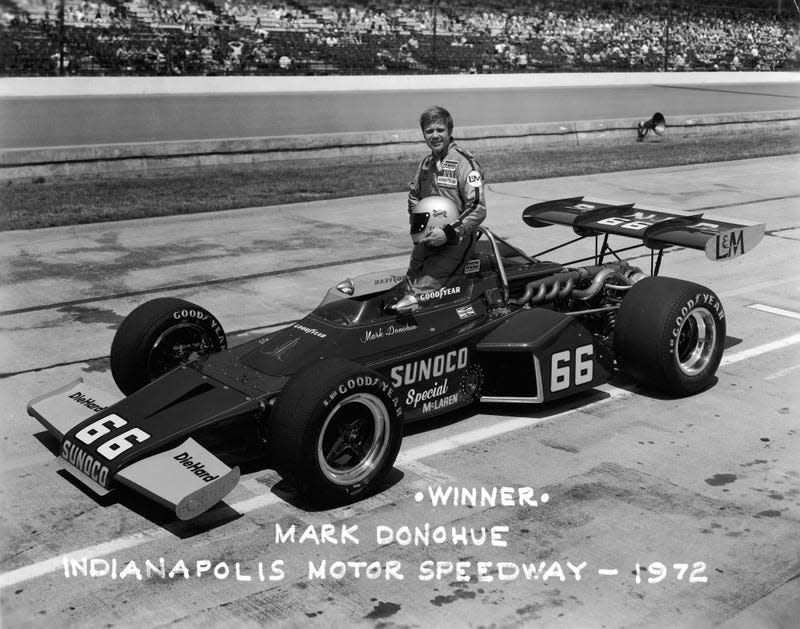
While McLaren started out as a racing-specific organization, the company soon transitioned to building road cars as well. Its cars won in 1972 with Mark Donohue, and 1974 and 1976 with Johnny Rutherford.
Peugeot
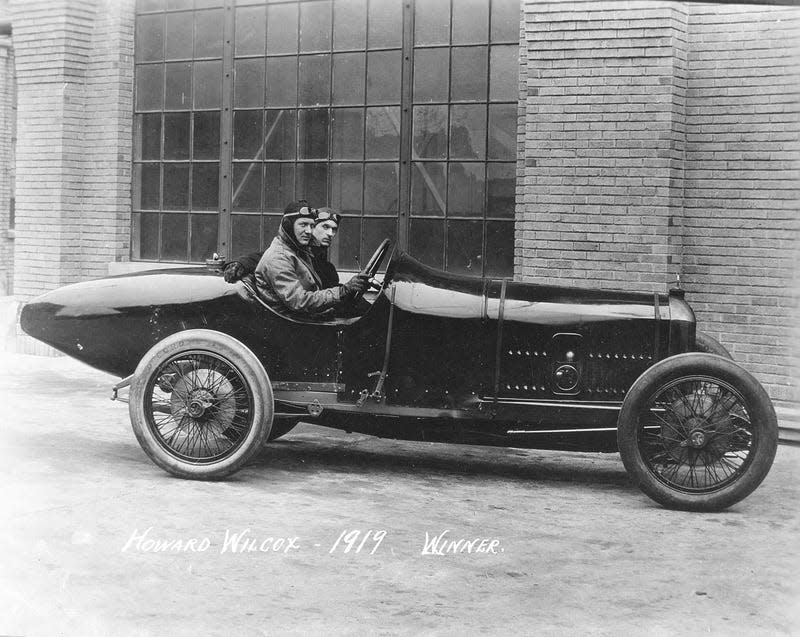
French automaker Peugeot competed in a handful of early Indianapolis 500 events and can boast three victories at the event in the first 10 years of its existence. In 1913, Peugeot won with Jules Goux, who is said to have won the race while drinking plenty of champagne while also becoming the first foreign-born victor of the 500. Dario Resta won for Peugeot in 1916, and Howdy Wilcox did so in 1919.
Panoz
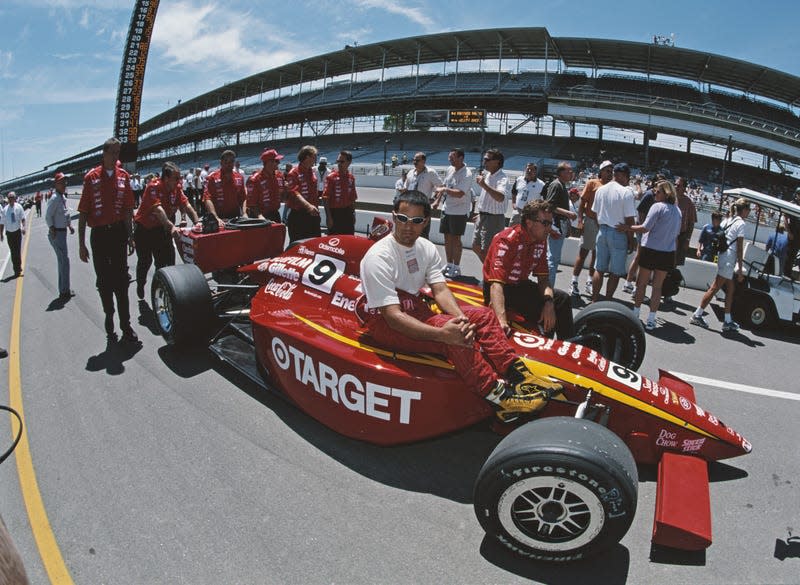
I think you could make a compelling case that Panoz was a racing-dedicated organization, but the company founded by Don Panoz built road cars like the Esperante, Abruzzi, and Avezzano. The company is best known for its victories in endurance racing, but Panoz can also claim four Indy 500 chassis victories to its name: in 1997 with Arie Luyendyk, 2000 with Juan Pablo Montoya, 2003 with Gil de Ferran, and 2004 with Buddy Rice.
Ford
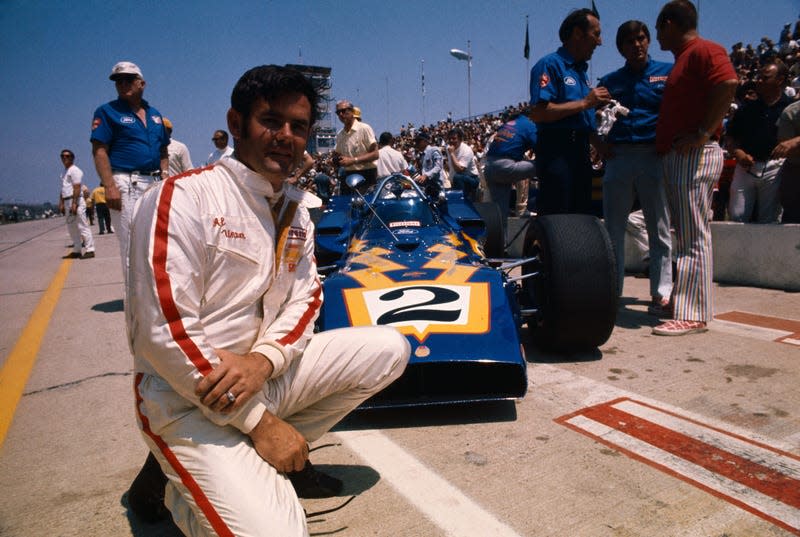
Ford has only ever built engines for Indianapolis racers, often in partnership with the Cosworth tuning company, but the Blue Oval can boast eight Ford-specific Indy 500 victories to its name. Those wins began with Jim Clark in 1965 and included other notable drivers like Graham Hill, A. J. Foyt, Al Unser Sr., Mario Andretti, and Jacques Villeneuve.
Oldsmobile
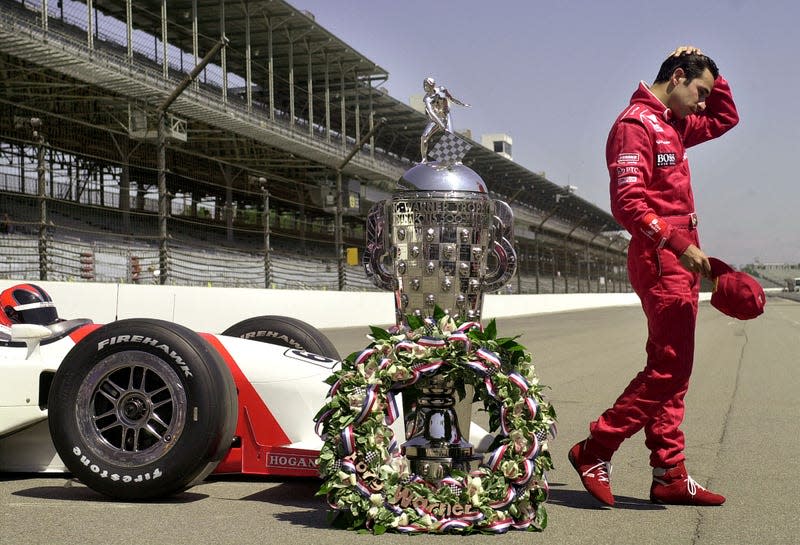
Even though the Oldsmobile name doesn’t exactly connote speed, the American marque actually competed regularly in motorsport for quite some time — including a five-year streak of providing the engines that won the Indy 500. Notable Olds-powered winners include Arie Luyendyk, Eddie Cheever, Kenny Bräck, Juan Pablo Montoya, and Hélio Castroneves.
Toyota
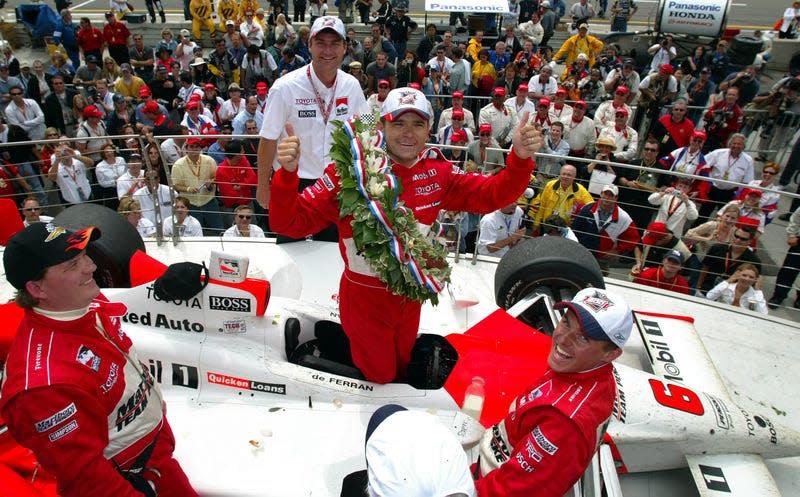
Toyota’s time in the American open-wheel realm was quite short, lasting from 1996 to 2006 in both CART and the IRL. In both cases, it was solely an engine provider, and it can only boast a single Indy 500 victory to its name, the 2003 event won by Gil de Ferran of Penske racing.
Honda
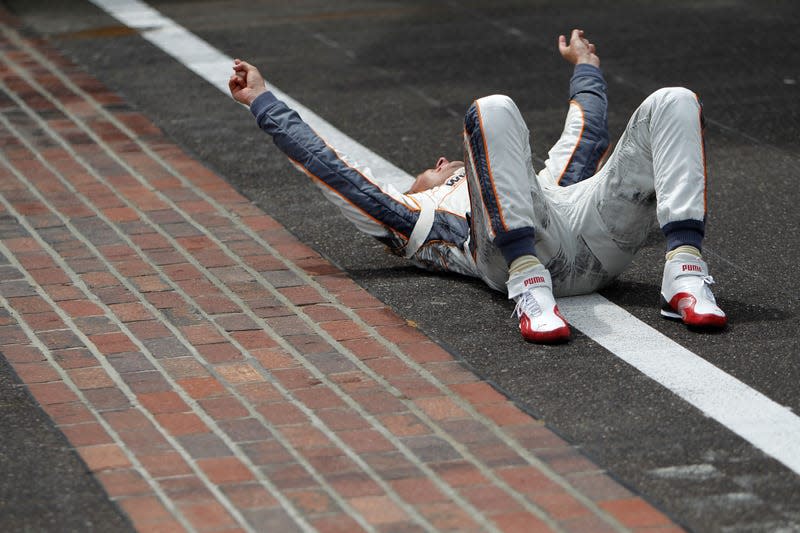
Now we’re down to the two engine providers of the modern era, Honda and Chevrolet. Honda debuted in CART back in 1994 and quickly became a dominant force in the series. Between 2006 and 2011, it was also the only engine manufacturer in IndyCar. Honda’s 500 winners include Dan Wheldon, Dario Franchitti, Scott Dixon, Hélio Castroneves, Alexander Rossi, and, most recently, Marcus Ericsson, for a total of 15 victories.
Honda has never provided a chassis.
Chevrolet
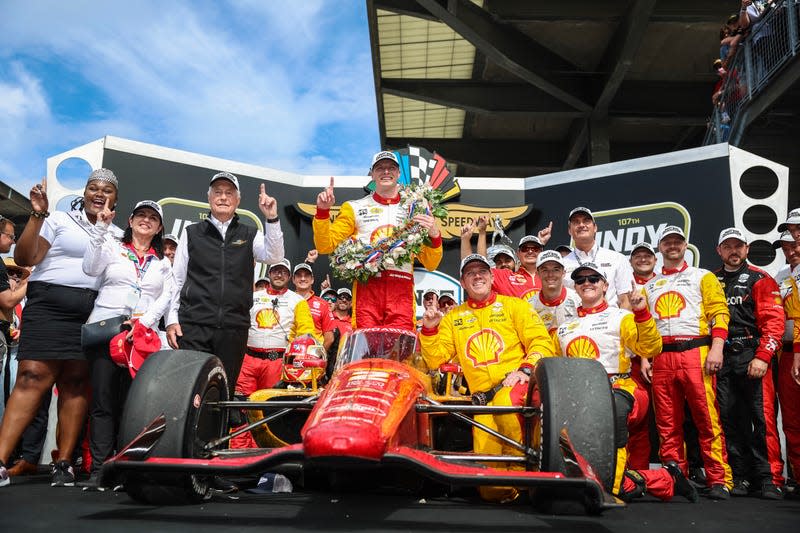
Honda’s foil in IndyCar since 2012 has been Chevrolet, but the American manufacturer has ventured into American open-wheel racing multiple times. As an engine provider, Chevy has won 12 different Indy 500s, including six consecutive ones between 1988 and 1993. Notable Chevy-powered winners include Rick Mears, Emerson Fittipaldi, Al Unser Jr., Hélio Castroneves, Tony Kanaan, Juan Pablo Montoya, and most recently, Josef Newgarden.

